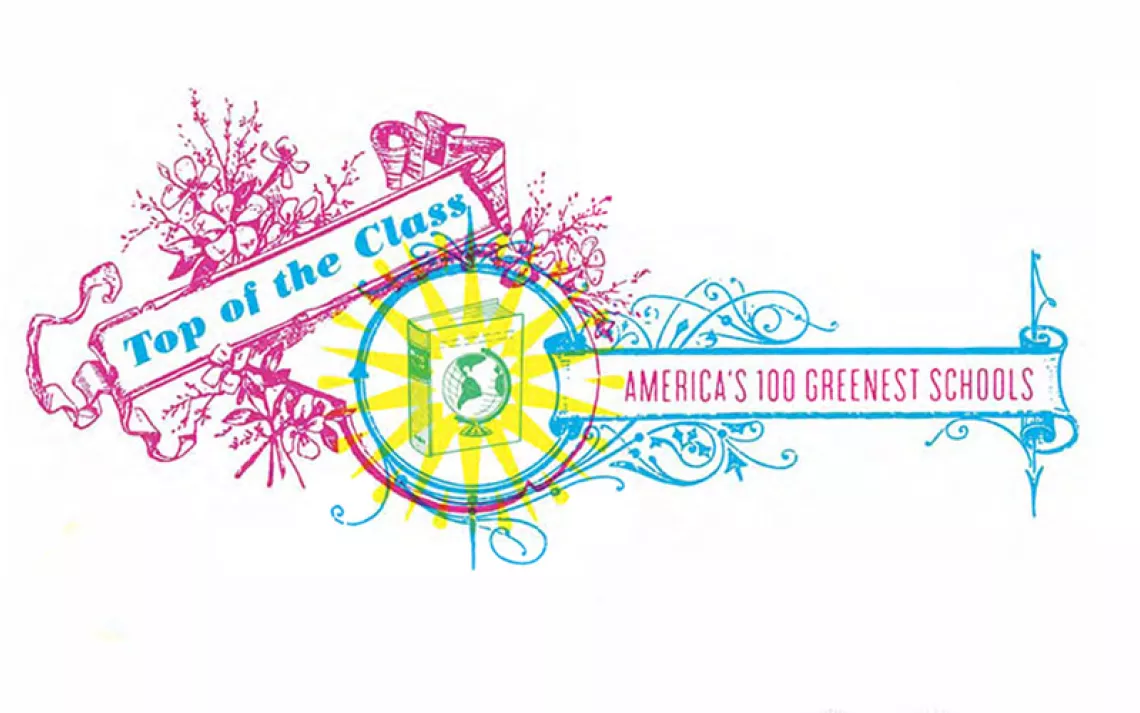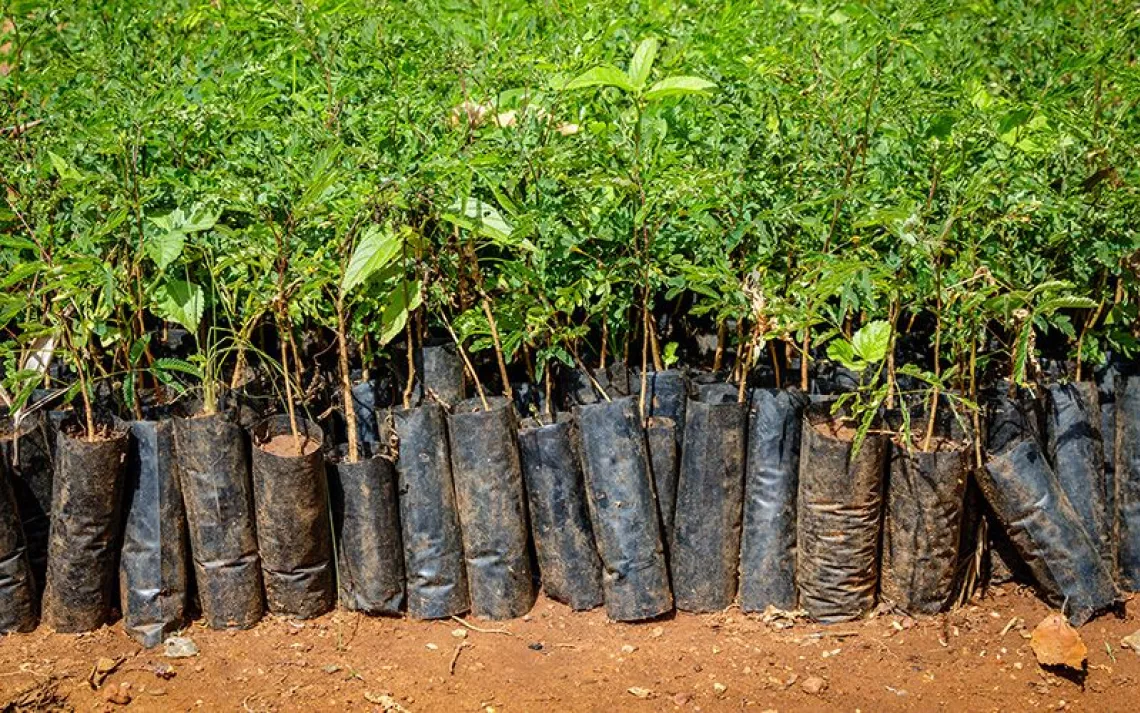An Environmental Theory Professor and His Students Reflect After Class
Here's what these students learned from their teacher—and vice versa

Photo by iStock/skynesher
As I prepared to teach environmental theory at Loyola University New Orleans in fall 2017, California was burning, rogue tornadoes were tearing through the Midwest, and the warming Atlantic Ocean had recently formed three of the most destructive hurricanes in recorded history. With a brazen President Trump threatening to shrink protected lands and flouting EPA standards and regulations, there was a palpable atmosphere of urgency and dismay among my 19 students. I tried to stay cool, but I didn't know whether they—or I—would be up to the task of taking a step back and contemplating some of the more foundational concepts around the topic: What is the environment, anyway? What is the domain of ecology, outside of hard science? Does nature even exist as a discrete thing in the world?
—Emily Ortiz; philosophy, environmental studies, and prelaw major; class of 2019
I shouldn't have worried. My students were not only eager to dig into these philosophical questions; they also seemed relieved to have a quiet space for dialogue, a place to take a break from the media maelstrom. They inspired me with their creativity, verve, and eagerness to explore notions such as nonhierarchical solidarity between humans and nonhumans and to think through topics such as climate change and mass extinction—topics that were overwhelming and depressing, especially with Trump spouting off each morning on Twitter.
My students came from diverse backgrounds and locations—I had first-generation college students from rural Louisiana and a Londoner studying abroad. There were budding biologists and sociologists as well as religious studies and Spanish majors. The range made for expansive and unpredictable discussions and demonstrated how environmental studies truly intersects seemingly unrelated disciplines.
—Leah Shain; English literature, teaching, and history major; class of 2018
Throughout the course, my students engaged in their own studies and pursuits, on and off campus, using environmental thinking. Several teach children around New Orleans, and they brought lessons of interspecies collaboration from our class into lower-grade classrooms. Another student created a handmade zine that broke down difficult concepts discussed in our class—offering a way to more tangibly disseminate those ideas. Several others drew inspiration and ideas from our readings and discussions and then helped plan campus-wide Earth Week activities.
—Hope Clark, environmental studies major, class of 2018
My students consistently converted environmental theory into environmental practice—our discussions frequently veered into the terrain of better ways to compost and recycle, embrace alternative transportation methods, and show children how to begin sustainable practices from an early age. By the end of the term, I found myself buoyed: We were going to be OK, what with these intrepid minds inheriting our human place on Earth. My students, in their unflinching willingness to redress ecological blunders of the 20th century, are living proof of an alternative future—a time that doesn't have to look like the stagnant mire of the present.
This article appeared in the September/October 2018 edition with the headline "What My Students Taught Me As We Discussed Environmental Theory."
Part of what makes creating this course's syllabus a stimulating challenge is that the field is constantly expanding to include new voices, new areas of concern. Here are some books I assigned for the fall 2017 semester:
Jedediah Purdy's After Nature (Harvard University Press, 2015) provides a historical overview of the politics of nature in the United States.
Lauret Savoy's Trace (Counterpoint, 2016) documents a geologist's personal journey as she attempts to discover her own roots and deep connections to environmental awareness.
Anna Tsing's The Mushroom at the End of the World (Princeton University Press, 2016) examines the economics and ecology surrounding the matsutake mushroom, which offers a model of cross-species collaboration.
Donna J. Haraway's Staying With the Trouble (Duke University Press, 2016) blends biology and science fiction with philosophical musings on how humans tell stories about and relate to other species.
Timothy Morton's Humankind (Verso, 2017) is a manifesto that encourages readers to discover solidarity with nonhuman creatures. —C.S.
 The Magazine of The Sierra Club
The Magazine of The Sierra Club



